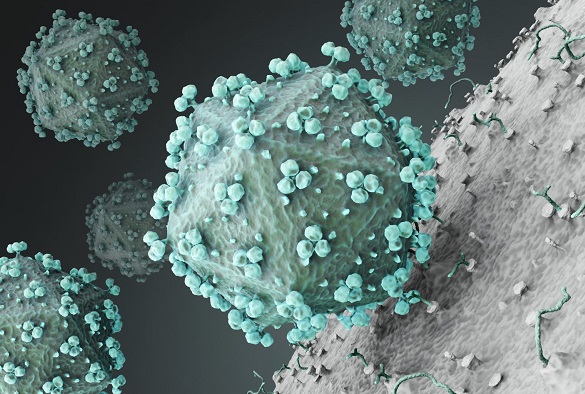Reassuring Data on Durability of Long-Acting ART Every 8 Weeks

Long-acting cabotegravir plus rilpivirine (LA CAB+RPV) was FDA approved based on 48- or 96-week results of the FLAIR, ATLAS, and ATLAS-2M studies. Despite high interest among patients, logistic issues have hampered this regimen's use. Now, ATLAS-2M investigators report 152-week outcomes in 1045 persons suppressed on oral antiretroviral therapy (ART) who were randomly assigned 1:1 to dosing every 8 weeks (Q8W) or 4 weeks (Q4W).
At week 152, efficacy of Q8W LA CAB+RPV was noninferior to Q4W (87% and 86% with HIV RNA <50 copies/mL, respectively). Rates of confirmed virologic failure (CVF) were 2.3% (Q8W) versus 0.4% (Q4W). Two cases of CVF occurred in the Q8W arm after week 96 whereas no cases occurred in the Q4W arm after week 48. Throughout 152 weeks, >60,000 injections were given, and withdrawal rates due to injection-site reactions were 2% (Q8W) and 3% (Q4W). Safety profiles were similar between groups, with rising rates of treatment satisfaction (higher in the Q8W arm at all time points). Median weight gain was 2.0 kg (Q8W) and 1.7 kg (Q4W), plateauing over time in both groups.
These results are reassuring with respect to chronic viral suppression as well as patient satisfaction and tolerability. Editorialists highlighted the concern that emergent drug resistance occurred in 2.7% of the Q8W group but only 0.5% of the Q4W group, with most participants exhibiting two-class resistance (nonnucleoside reverse transcriptase inhibitor [NNRTI] and integrase strand transfer inhibitor [INSTI]). Resistance sometimes developed despite on-time injections (thus, adherence was not the issue) with coincident drug levels at the low end of the expected effective range. Emergence of two-class resistance is currently rare, whether for regimens based on boosted PIs or anchored by oral second-generation INSTIs. When LA CAB+RPV is extended to populations with less-stringent enrollment criteria (without close protocol-related monitoring and often with greater social distress) it's reasonable to expect that more dosing interruptions and viral rebound will occur. Candidates for switching to LA CAB+RPV should exclude those with the following factors associated with regimen failure: baseline hepatitis B infection, baseline NNRTI and INSTI drug resistance, and the A6/AI subtype (fortunately rare in the U.S.). Prescribing LA CAB+RPV will require careful monitoring, including frequent viral load testing with prompt recall and genotyping after viral rebound.
Read the original article on NEJM Journal Watch
For more news from the world of long-acting therapeutics, sign up to the CELT mailing list for regular updates.